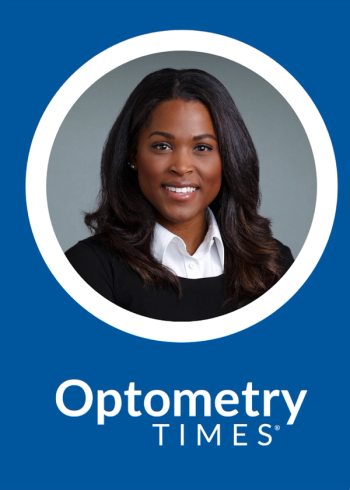
How to master hybrid contact lenses
Hybrid
Related:
Hybrid contact lenses
New hybrid lens options are opening up treatment possibilities for patients with unusual visual needs.
“There are some options that can make a big difference,” Dr. Miller says.
Options available to ODs include silicone hydrogel soft skirt lenses, gas permeable (GP) lenses, SynergEyes Duette progressives, and SynergEyes UltraHealth for irregular corneas.
Many of these lenses are designed to address several refractive errors at once, such as presbyopia and astigmatism, while others are made to help patients address ocular conditions like keratoconus.
These options have the potential to make patients happier in their lenses while reducing dropout, Dr. Miller says.
“These patients are going to be lifelong patients-a big referral source for your practice,” he says.
Related:
The market for hybrid contact lenses
As the
“There is a big market for this underserved, undertreated optometric specialty,” Dr. Miller says.
Hybrid contact lenses may be particularly beneficial for patients with specific types of visual impairments, such as:
• Post-RK
• Keratoconus
• Corneal scarring or trauma
• Corneal transplants
• Irregular or high astigmatism
• Extreme
• Those unhappy with vision of toric or multifocal contact lenses
“These patients don’t realize that potentially they could be wearing contact lenses,” Dr. Miller says.
Providing hybrid lens options to patients isn’t just a matter of staying at the forefront of technology, it’s about giving patients the options they need to improve visual outcomes. Lens selection is just one part of the process.
Related:
Fitting challenges
Many of the above ocular challenges can be managed with hybrid lenses. For problems that require more sophisticated solutions, however, ODs need a process in place to achieve proper fitting.
They can be successfully treated but it may take time, and ODs should have a process in place to account for the extra challenge.
“You want to block out enough time to make sure you’re comfortable fitting these lenses,” he says.
Dr. Miller also recommends training optical technicians in both process and terminology. Getting staff excited about lenses helps them get patients excited and interested, he says.
Related:
ODs must also have the topographical imaging equipment necessary for proper assessment.
“If you don’t have a topographer, you honestly can’t do a lot of these fittings,” Dr. Miller says.
Other tools that may be helpful include a full set of diagnostic lenses, anterior segment cameras, and optical coherence tomography (OCT).
ODs should start by assessing keratometry (K) values and physical characteristics to find a fitting start point.
Related:
When should hybrid lenses be avoided?
Despite their benefits, hybrid lenses are not suitable for everyone, Dr. Miller says.
In particular, those suffering from severe dry eye may need to avoid these lenses until symptoms are under control.
“Any ocular surface disease needs to be treated and addressed ahead of time,” he says.
Other disqualifying factors may include a lenticular cylinder in the patient’s prescription or patients who seek convenience above all else.
Newsletter
Want more insights like this? Subscribe to Optometry Times and get clinical pearls and practice tips delivered straight to your inbox.













































.png)


